
 Department of Conservation and Recreation
Department of Conservation and Recreation
Conserve. Protect. Enjoy.
 Department of Conservation and Recreation
Department of Conservation and Recreation
What are invasive plants? | Virginia Invasive Plant List | What you can do | Fact sheets | Invasive Plant Work Group
Invasive plants are species intentionally or accidentally introduced by human activity into a region in which they did not evolve and cause harm to natural resources, economic activity or humans.
The Virginia Department of Conservation and Recreation's Division of Natural Heritage currently identifies 90 invasive plant species that threaten or potentially threaten our natural areas, parks and other protected lands in Virginia.
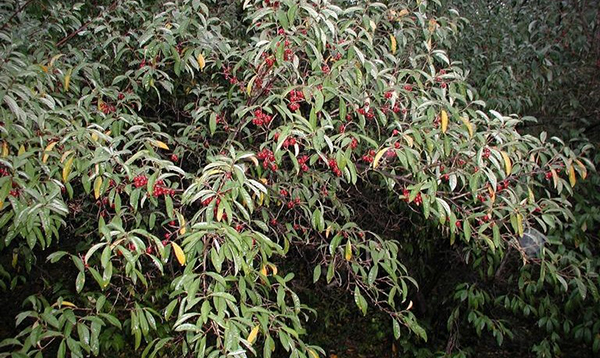
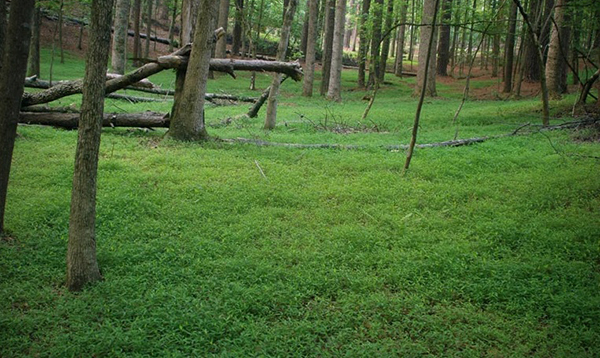
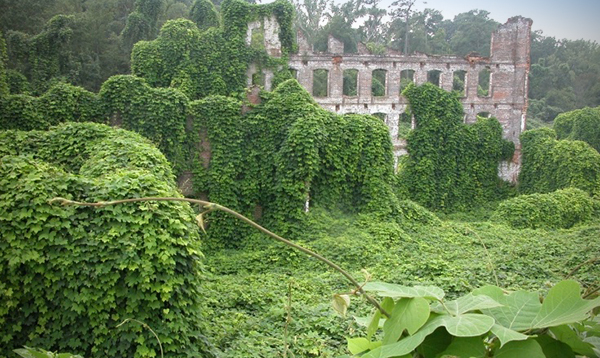
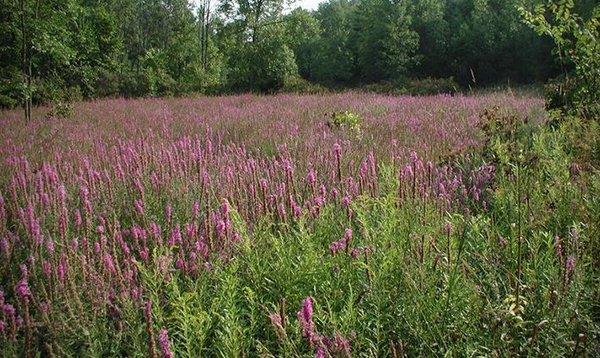
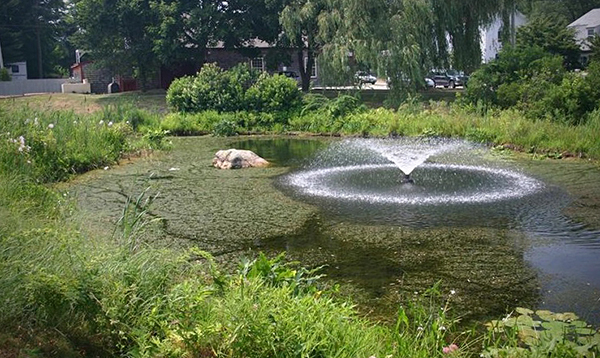
Invasive vs. introduced species | The problem of invasive plants | Characteristics of invasive plant species
Invasive plants are species intentionally or accidentally introduced by human activity into a region in which they did not evolve and cause harm to natural resources, economic activity or humans. Many introduced species are well known and economically important in agriculture and horticulture, such as wheat, soybeans and tulips. Introduced species, whether plant or animal, often do not become established outside of cultivation and, if they do, they usually have few impacts on natural communities.
In fact, most introduced species do not cause problems and are often beneficial. Tens of thousands of plant species have been introduced into North America since the beginning of European colonization (Pimentel et al. 2000). Of these introductions, 5000 species have become naturalized, reproducing outside of cultivation (Morse et al. 1995).
In Virginia, 606 species have been identified as naturalized (Weakley et al. 2012). Of these, 103 species, or 15 percent of naturalized species (3 percent of the total Virginia flora), have been assessed as invasive in natural communities (Heffernan et al. 2015).
Invasive plants proliferate and displace native plant species, reduce wildlife habitat and alter natural processes. They also impose serious costs on our economy, which depends on benefits provided by nature. Economists have estimated that all invasive species - plants, animals and diseases - cause $120 billion in losses each year (Pimentel et al. 2005). Examples of these costs include degradation of vast areas of western rangelands, clogging of important waterways and increased effort to maintaining open power line rights-of-way.
Invasive plants typically exhibit the following characteristics:
An invasive plant infestation is like a slow-motion explosion, which left unchecked may severely alter a site's natural beauty and economic contributions. Management of invasive species can appear to be a complicated and unending task. For this reason, planning and prioritizing are crucial. Land managers can determine how their resources can be best applied by articulating clear goals, gathering the best available information and prioritizing actions based on the significance of an infestation's impacts and the feasibility of control.
Heffernan, K.E., and C. Richardson. 2015. Identifying and Ranking Invasive Plant Species in Virginia. Virginia Department of Conservation and Recreation. Natural Heritage Technical Document. Coming soon.
Morse, L.E., J.T. Kartesz, L.S. Kutner. 1995. Native vascular plants. Pages 205-209 in LaRoe, E.T, G.S. Farris, C.E. Puckett, P.D. Doran, M.J. Mac, eds. Our Living Resources: A report to the nation on the distribution, abundance, and health of U.S. plants, animals, and ecosystems. Washington (DC): US Department of the Interior, National Biological Service.
Pimentel, D., L. Lach, R. Zuniga, and D. Morrison. 2000. Environmental and economic costs of nonindigenous species in the United States. Bioscience 50:1 53-65.
Pimentel, D., R. Zuniga, D. Morrison. 2005. Update on the environmental and economic costs associated with alien-invasive species in the United States. Ecological Economics 52: (2005) 273-288
Weakley, A., C.J. Ludwig, and J.F. Townsend. 2012. The Flora of Virginia. Bland Crowder, ed. Foundation of the Flora of Virginia Project, Inc. Richmond. Fort Worth: Botanical Research Institute of Texas Press.

